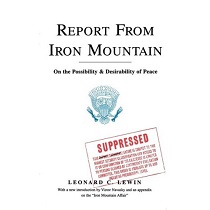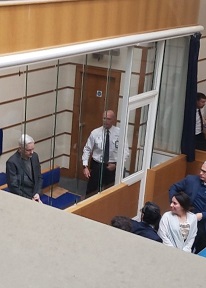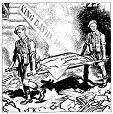United States and Russia MEET in Saudi Arabia; First Meeting in Years
Russian Federation Foreign Minister Sergei Lavrov and United States Secretary of State Marco Rubio are holding a meeting today in Saudi Arabia. It is the first meeting between the two nations in years, since the start of the Russia-Ukraine conflict.
Images of Rubio, flanked by America’s Middle East Envoy Steve Witkoff and National Security Advisor Mike Waltz, sitting opposite Lavrov and President Putin’s advisor Yuri Ushakov have been published as talks began.
The Russians have made known they are going into this meeting with a hard bargaining approach. Russia is extremely wary of the US and the collective West in general, after being intentionally deceived in 2014 by Then Ukraine President Poroshenko, then German Chancellor Angela Merkel, and then-French President Francois Hollande, at the Minsk Conference in Belarus back in the year 2014.
At that conference, Ukraine and the Ukrainian states of Luhansk and Donetsk, bargained to broker a peace deal in the presence of Germany, France, and Russia. The sides bargained for nineteen hours straight and came away with the "Minsk Agreement" to settle the then-ongoing conflict between Ukraine's national government in Kiev, and the two states of Luhansk and Donetsk.












































